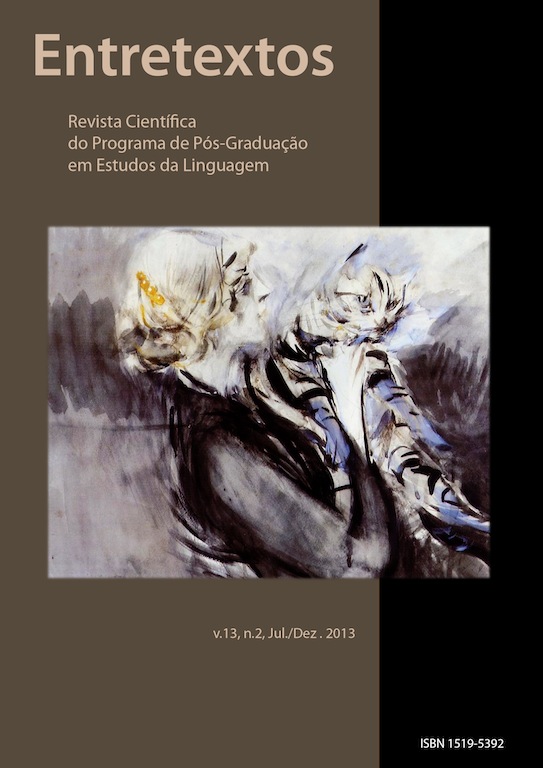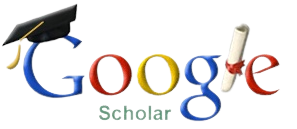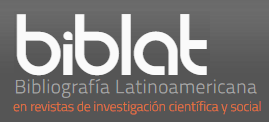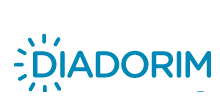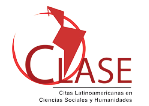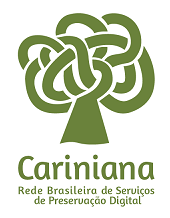Argumentative ability of color-information in advertisement messages of Banco Itaú
DOI:
https://doi.org/10.5433/1519-5392.2013v13n2p186Keywords:
Logo, Brand, ArgumentationAbstract
Companies, all the time, aim to solidify their brand and make it the first choice among the others during the customer's choice process. Therefore, they resort to multiple areas of knowledge in their communicational strategies aiming at this consolidation. In the race for the preference of the reader/consumer, the logo and the colors play a fundamental role and are features that, if treated with proper care, will make all the difference in the composition of a remarkable visual information. In the case of the banks, in their goal of continuously attracting higher client levels, changes, small or large, are constantly performed in their visual component so that it is kept aligned with modern market trends and, principally, remain competitive. In this article, we discuss the influence of colors as argumentation strategy when used as symbol, brand and logo, and, as exemplification, we focus on the changes in the treatment of this aspect in the advertisement of Banco Itaú as continuously restructured along its nearly seventy years of existence.Downloads
References
BEDBURY, Scott. O novo mundo das marcas: 8 principios para a sua marca conquistar a liderança. Tradução de Cristina Serra. Rio de Janeiro. Campus, 2002.
BRANDÃO, Helena Hathsue Nagamine. Introdução à análise do discurso. 8. ed. Campinas: UNICAMP, 2001.
CARVALHO, Nelly. Publicidade: a linguagem da sedução. 2 ed. São Paulo: Ática, 1996.
ESCOREL, Ana Luísa. O efeito multiplicador do design. São Paulo: Editora Senac, 2000.
FARINA, Modesto. Psicodinâmica das cores em comunicação. 4 ed. São Paulo: Edgard Blücher, 1990.
FERES SOBRINHO, Abílio. O papel do marketing em bancos de desenvolvimentoUma aplicação da "Delphi Tecnique". Rio de Janeiro: ABDE.1977.
GUIMARÃES, Luciano. O repertório dinâmico das cores na mídia. XV Encontro da Compós. Unesp, Bauru: 2006
HOUAISS, Antônio. Dicionário eletrônico Houaiss da língua portuguesa. Rio de Janeiro: Objetiva. Versão 1.0. 1 [CD-ROM]. 2007.
MARCONDES, Pyr. Uma história da propaganda brasileira: as melhores campanhas, gênios da criação, personagens. 2. ed. Rio de Janeiro: Ediouro, 2002.
OLIVEIRA, Roberta Pires de. Semântica. In: MUSSALIM, Fernanda; BENTES, Anna Cristina (orgs.). Introdução à Lingüística: domínios e fronteiras. Vol. 2. São Paulo: Cortez, 2001.
PINHO, Ednéia de Cássia Santos. A evolução histórico-argumentativa das propagandas do Banco Itaú. 2011. Dissertação (Mestrado em Estudos da Linguagem) − Universidade Estadual de Londrina, Centro de Letras e Ciências Humanas, Londrina, 2011.
SAMPAIO, Rafael. Propaganda de A a Z: como usar a propaganda para construir marcas e empresas de sucesso . 5 ed. Rio de Janeiro: Campus, 1999.
STRUNCK, Gilberto Luiz Teixeira Leite. Como criar identidades visuais para marcas de sucesso: um guia sobre o marketing das marcas e como representar graficamente seus valores. 2 ed. Rio de Janeiro: Rio Books, 2003.
STOLARSKI, André. Alexandre Wollner e a formação do design moderno no Brasil. São Paulo : Cosac Naify, 2005.
Downloads
Published
How to Cite
Issue
Section
License
Copyright (c) 2013 Entretextos

This work is licensed under a Creative Commons Attribution 4.0 International License.
Entretextos adota a Licença Creative Commons Attribution 4.0 International, portanto, os direitos autorais relativos aos artigos publicados são do/s autor/es.
Sob essa licença é possível: Compartilhar - copiar e redistribuir o material em qualquer suporte ou formato. Adaptar - remixar, transformar, e criar a partir do material, atribuindo o devido crédito e prover um link para a licença e indicar se mudanças foram feitas.

